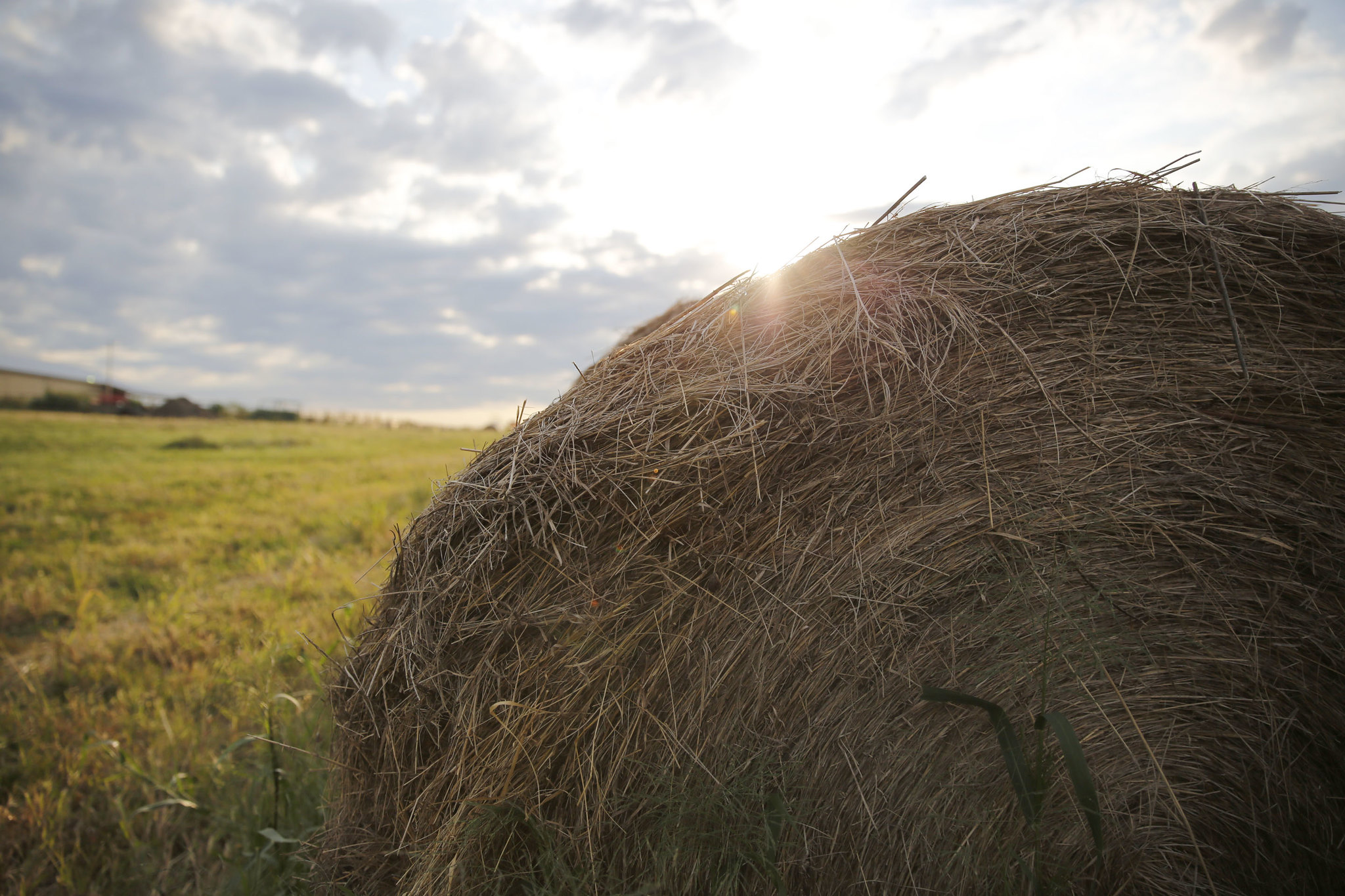Cheap hay isn’t cheap; poor-quality hay robs cow herds of nutrients

SPRINGFIELD, Mo.. — Squatty, squishy bales are making their way out of the ditch and into the cow pasture as post-drought supplies dwindle and winter lingers.
Bad bales are costly in many ways, says Derrell Peel, Oklahoma State University Extension agribusiness livestock specialist. Peel recently spoke at the 39th annual Southwest Missouri Forage Conference sponsored by University of Missouri Extension and others.
Poor-quality hay robs cow herds of nutrients and producers of profits. So does poor storage and poor management. That’s troubling for Missouri, which ranks second in the nation for hay production and third in beef production. The highest concentration of both is in southwestern counties hard hit by drought in 2022.
Missouri began December with 18% less hay stock than in 2021, according to the USDA National Agricultural Statistics Service. Nationally, 2022 hay stocks dropped to their lowest numbers since the 1950s.
Past droughts had large regional differences; 2022 took its toll on the entire country’s hay-producing areas. Also, burned-up pastures forced producers to begin feeding hay earlier than normal, compounding shortages.
There have been other changes as well. Hay feeding evolved from small, square bales to big, round bales. The convenience and time saved by feeding large bales often results in higher rates of loss in both storage and feeding.
Producers often unroll a full bale or drop a full bale into a hay ring before the herd has cleaned up the last feeding, says MU Extension livestock specialist Andy McCorkill.
To reduce losses, take a more targeted approach to when and how much is fed, McCorkill says. With improved feeding management, cattle don’t have as much opportunity to trample and soil hay. Feed in well-drained areas and feed outside-store hay before hay stored inside.
Short supplies pushed many producers to turn to whatever hay they could find to get through this winter. But cheap feed isn’t cheap in the long run, says McCorkill.
Not all round bales are equal. Varying sizes, densities and, most importantly, quality affect hay’s true value. When buying, know how and for how long the hay was stored. In a press release, McCorkill said, “Take a look at the hay, and get it tested before signing on the dotted line. As much as 50% of poorly stored bales are lost.
When buying, don’t be tempted by bales that “have just a little black” on the outside, Peel says. He likens hay bales to rolls of toilet paper, noting that the bulk of the material is on the outer layers. When you near the end of the roll, the supply quickly shrinks.
Feed costs account for 60% of a beef cow enterprise. Knowing the quantity and quality of hay you buy or grow directly affects the bottom line, says McCorkill.
“The lower the nutritive quality, the more supplementation will be needed, and this adds to winter feed costs,” he says.
McCorkill recommends targeting the best-quality hay to the cows that need it most. That requires some sorting. For starters, keep spring-calving and fall-calving cows in separate herds. One is at the peak of need while the other is nearing the bottom for the year, he says.
“First-calf heifers are still growing, so they need a little extra TLC to compensate for that,” McCorkill says. “I like to keep them separate from the mature cows at least through their second breeding season.”
Tips from McCorkill:
- Test and weigh hay before buying.
- Know the hay’s age.
- Buy by the ton, not the bale.
- Know your herd’s nutritional needs.
- Match stocking rates with hay supplies.
Also, look at your grazing management practices. Make your cows feed themselves by grazing. Put your harvesting machines (cows) to work every day and feed grass still attached to the ground, McCorkill says.
These MU Extension publications, which are available for free download, offer tips on reducing losses:
- “Reducing Losses When Feeding Hay to Beef Cattle,” extension.missouri.edu/g4570.
- “Making and Storing Quality Hay,” extension.missouri.edu/publications/g4575.
The Alliance for Grassland Renewal will hold a pasture renovation workshop March 23 at the MU Southwest Center in Mount Vernon. For details and registration, visit www.GrasslandRenewal.org.
Miss Clipping Out Stories to Save for Later?
Click the Purchase Story button below to order a print of this story. We will print it for you on matte photo paper to keep forever.

